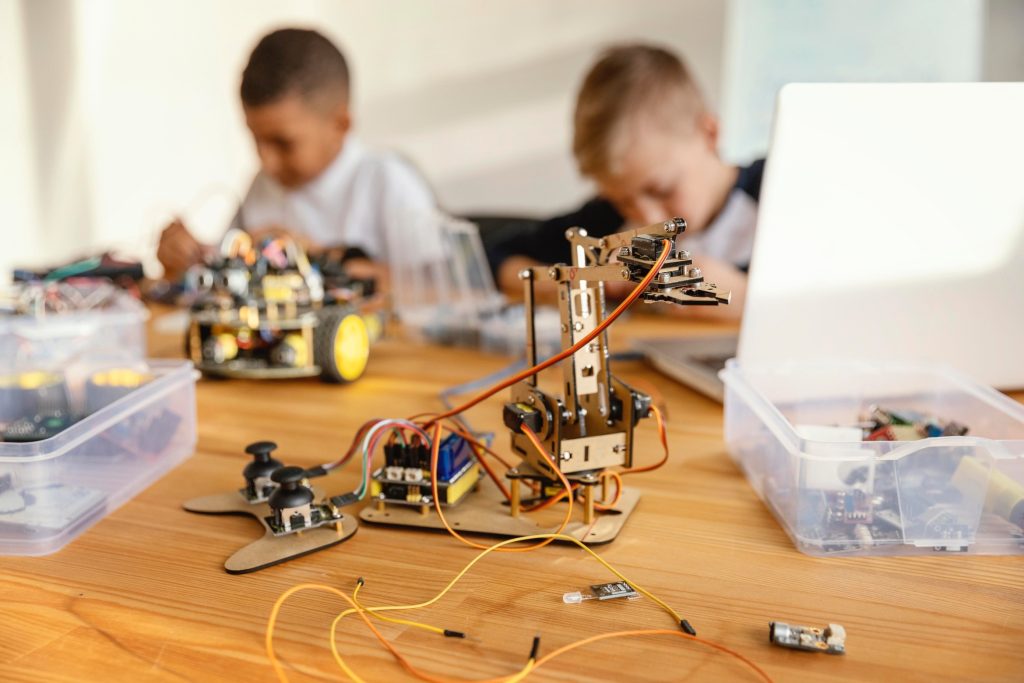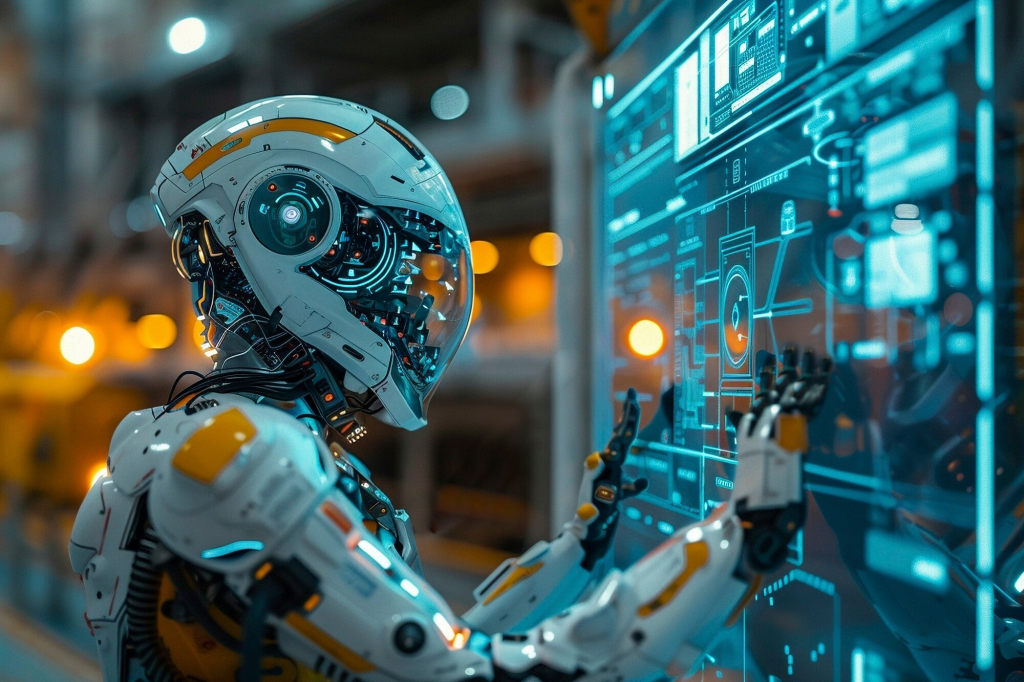The Effect of Robotics Education on Children’s Cognitive Development and Future Employment
Today, the rapid advancement of technology requires education systems to keep up with this change. Robotics training, especially at primary, secondary and high school levels, supports the cognitive development of children and prepares them for the business world of the future. As an interdisciplinary field that combines robotics, artificial intelligence, coding and engineering skills, it develops students‘ skills such as analytical thinking, problem solving and creativity.

1. The Effect of Robotics Education on Cognitive Development
Robotics education develops students‘ mental skills in several ways:
a) Problem Solving and Analytical Thinking Skills
Robotics projects require students to come up with solutions to the technical problems they face. When designing a robot’s movement mechanism or correcting a code error, students learn to think systematically. This process strengthens their analytical skills.
b) Creativity and Innovative Thinking
Robotics requires not only applying certain rules, but also developing new ideas. Students use their imaginations and come up with unique solutions when creating their own robot designs. This encourages innovative thinking.
c) Increasing Interest in Mathematics and Science
Since robotics involves practical applications of basic sciences such as mathematics and physics, it increases students‘ interest in these courses. For example, applying the laws of physics when calculating the motion of a robot allows theoretical knowledge to be embodied.
d) Teamwork and Communication Skills
Robotics is usually carried out in the form of group projects. By working in teams, students learn to communicate, share tasks, and focus on collective success. These skills also contribute to their social development.
2. The Importance of Robotics Education in Raising Future Generations
The world of the future will be shaped by individuals who have mastered technology. Robotics education plays a critical role in preparing children for this future:

a) Digital Literacy and Technological Mastery
Today, digital literacy has become an essential skill. Students who receive robotics education learn to use technology effectively by recognizing software and hardware components. This makes them the „digital natives“ of the future.
b) Development of STEM (Science, Technology, Engineering, Mathematics) Skills
Robotics is one of the most important tools of STEM education. Students gain a multidisciplinary perspective by making connections between these disciplines. STEM skills are essential to succeed in fields such as engineering, artificial intelligence, and data science in the future.
c) Entrepreneurship and Innovative Projects
Robotics competitions and project-based learning encourage students to have an entrepreneurial spirit. In the future, individuals who establish their own start-ups or do technology-oriented businesses will be fed by such training.
3. The Impact of Robotics Training on Future Employment
According to reports from the World Economic Forum, by 2030, a large part of the labor market will be technology-driven. Robotics training can play a role in this transformation by:

a) New Professions and Robotics Specialization
The need for trained manpower in areas such as automation, artificial intelligence and robotics engineering will increase. Students who receive robotics education can be easily employed in these sectors in the future.
b) Transformation of Traditional Professions
The use of robotics and automation in sectors such as agriculture, healthcare, and manufacturing will become widespread. Individuals with robotics knowledge will be able to make a difference in these areas as well.
c) Providing Advantage in Global Competition
Countries become economically stronger by raising technology-producing generations. Robotics education contributes to the training of qualified individuals who can carry out the R&D studies of the future.
Conclusion
Robotics education is a critical tool that supports children’s cognitive and social development while preparing them for the future of work. In an era where technology is advancing rapidly, individuals with robotics and STEM skills will stand out in the employment market. Therefore, the dissemination of robotics education in primary and secondary education is of great importance not only for individual achievements, but also for the global competitiveness of countries. Updating education systems in this direction and integrating robotics into the curriculum will contribute to the education of generations that will have a say in the world of the future.

